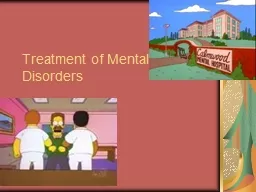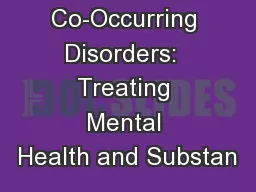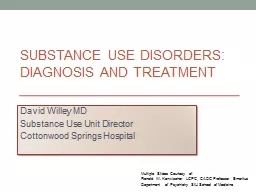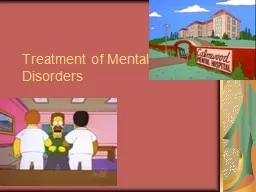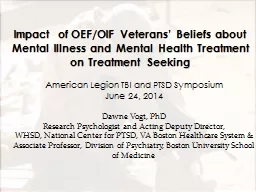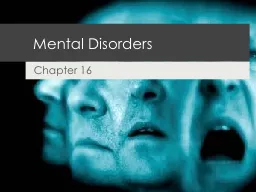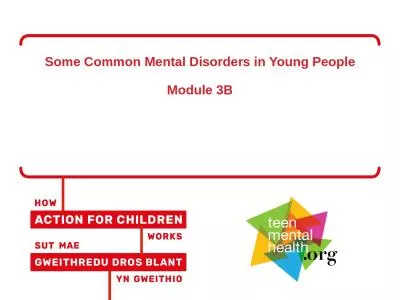PPT-Treatment of Mental Disorders
Author : debby-jeon | Published Date : 2016-06-24
Whats difference between a psychiatrist clinical psychologist and counselor How do psychoanalysts treat disorders How do behaviorists treat disorders What are classical
Presentation Embed Code
Download Presentation
Download Presentation The PPT/PDF document "Treatment of Mental Disorders" is the property of its rightful owner. Permission is granted to download and print the materials on this website for personal, non-commercial use only, and to display it on your personal computer provided you do not modify the materials and that you retain all copyright notices contained in the materials. By downloading content from our website, you accept the terms of this agreement.
Treatment of Mental Disorders: Transcript
Download Rules Of Document
"Treatment of Mental Disorders"The content belongs to its owner. You may download and print it for personal use, without modification, and keep all copyright notices. By downloading, you agree to these terms.
Related Documents

